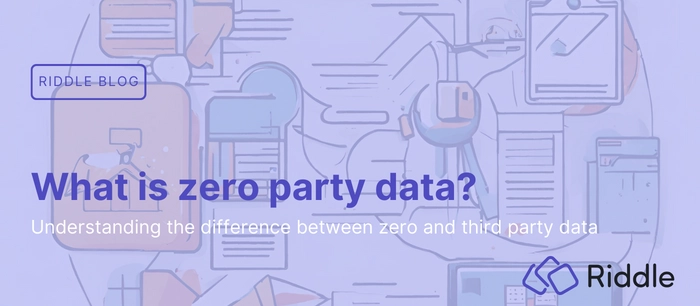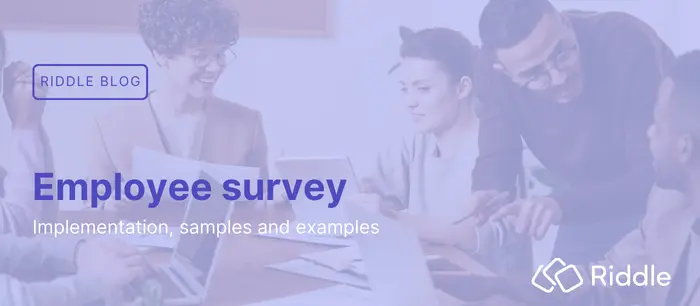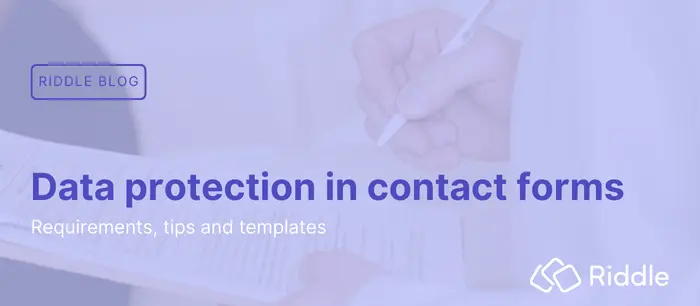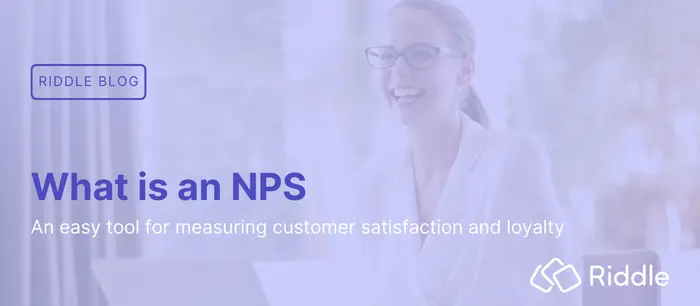Understanding the difference between zero-party and third-party data
In this post, you’ll learn:
- Brief overview of the different data types (zero-party, first-party, second-party, third-party)
- What is zero-party data – and why is it so important?
- Why quizzes are an effective tool for collecting zero-party data
First- and zero-party data are the holy grail of data collected on the internet. You might have read about the importance of zero-party data in the light of Google’s upcoming ban on third-party cookies but ended up lost amidst all the definitions and tech talk.
Here is a simple breakdown of why understanding how to collect data from your audience is important and how you can do it.
To get an understanding of the different types of data, it is best to look at how you obtain the data instead of the underlying technology that collects it.
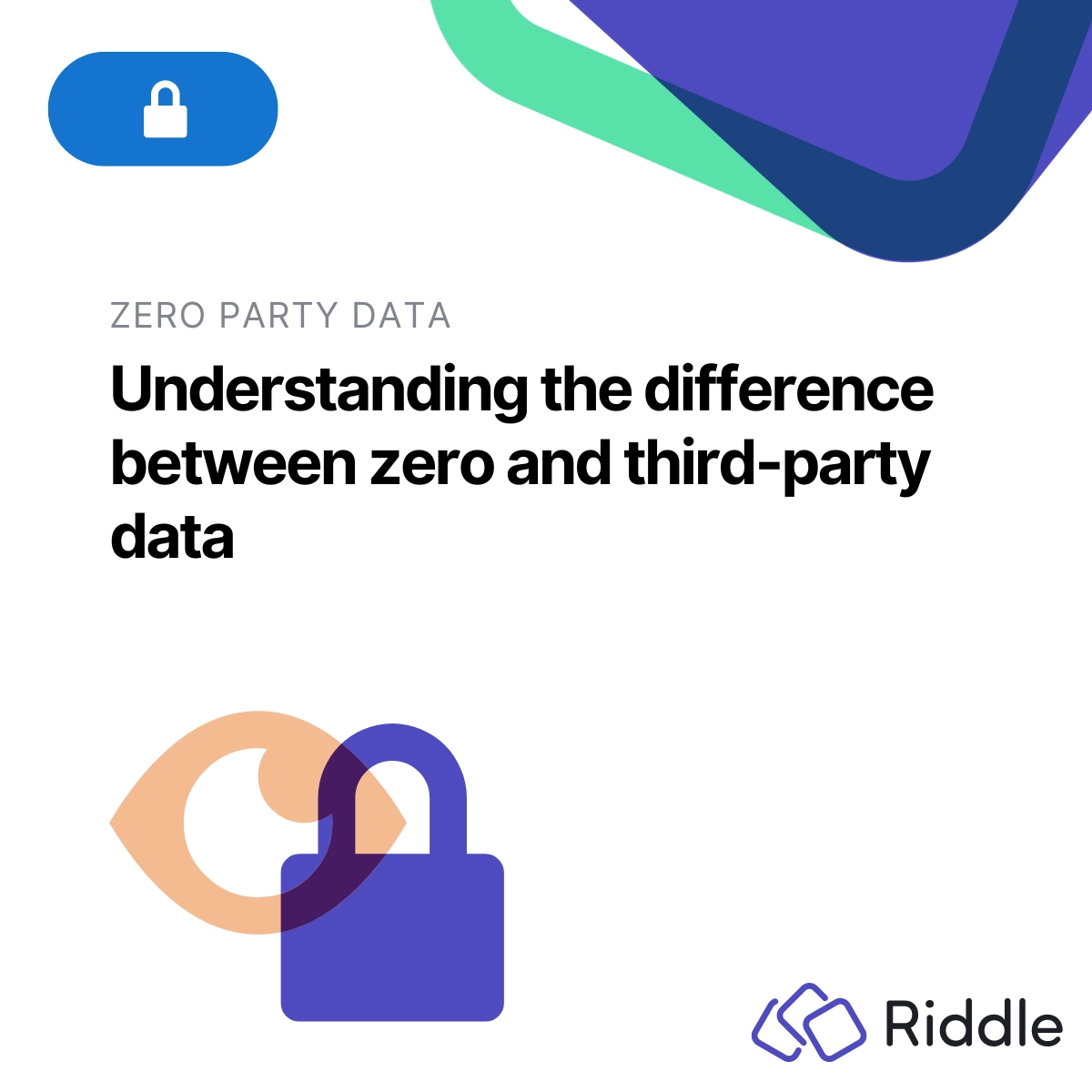
Zero-party is data that is given to you voluntarily. For example, if someone walks up to you at a trade show, shakes your hand and tells you their name, you collected zero-party data. You did not pressure that person into giving up their name. They came up to you and gave it to you willingly. On the web, this would be someone that fills out a form and actively decides to provide their data.
First-party data is information that you collect directly, just like zero-party data, however the person providing the data is not aware of giving it to you. Going back to the trade show example, if you took a picture of the person walking up to your booth and then wrote down their gender, hair color, and other characteristics (without specifically asking for them), you collected first-party data.
You might have even had a sign at your trade show booth, announcing that you take pictures of everyone walking in, but most people would not stop to read it.
On the web, this would be your cookie banner. Most people just click on the accept button to get on with their tasks, without realizing what they just agreed to. Once you have their consent, you can now track their location, their browser version, their device info, and how they interact with your website.
Second and third-party data are fairly similar. Both involve data gathering that you did not collect yourself.
The big difference is that second-party data was initially provided as first-party data to someone else, while third-party data is data collected by a large data aggregator from lots of second-party data sources.
Going back to our trade show example, imagine the booth next to you shares the pictures of their booth visitors with you. It was originally first-party data, collected by the booth – but now that is has been shared with you it is second-party data.
Third-party data would be attendee data the trade show organiser shares with all the exhibitors that they collected from various sources like LinkedIn and government business records.
On the web, you might get second-party data from an affiliate company whilst third-party data is information that large networks like Facebook collect and share with their advertisers.
You have probably experienced this yourself while browsing online. If you are searching for new shoes somewhere, for example, then you might see the same shoes advertized in your Facebook feed. This is a classic example of having unknowingly provided someone with third-party data: Facebook collected and shared it with advertisers on their platform so they could target you with highly relevant shoe ads around your search history.
Third-party data collection is going to be nearly impossible by the end of 2024 as Google and other popular browsers are disallowing third-party cookies. These cookies are crucial for collecting and using third-party data, meaning the ad networks and websites using them to serve their ads are going to be in deep trouble.
As a business, you will still have revenue goals to meet through delivering targeted ads and personalized content based on deep knowledge of each user. With third-party data off the table, collecting zero and first-party data will become even very important.
The value of zero-party data for businesses (personalization, compliance, trust)
A key advantage of zero-party data is that you can 100% trust the data the users wanted to share with you. You might say that this makes it the only data that is truly valuable for personalization.
And by taking your zero-party data and enriching it with your first-party information, you can create meaningful audiences. For example, let’s say you got someone’s name and email from a zero-party data method like a lead generation form. If you then combine that with information about this user’s location and browser language, you now have a profile that you can use in your marketing campaigns to serve relevant and targeted content.
But what about data privacy regulations?
Zero-party data is based on transparent data collection – with the user fully in control of what (and how) they share. This aligns closely with global privacy regulations like the EU’s GDPR.
As long as you collect this data using an approach that is compliant with your country’s privacy laws, you should be free to use it going forward.
The role of quizzes in data collection
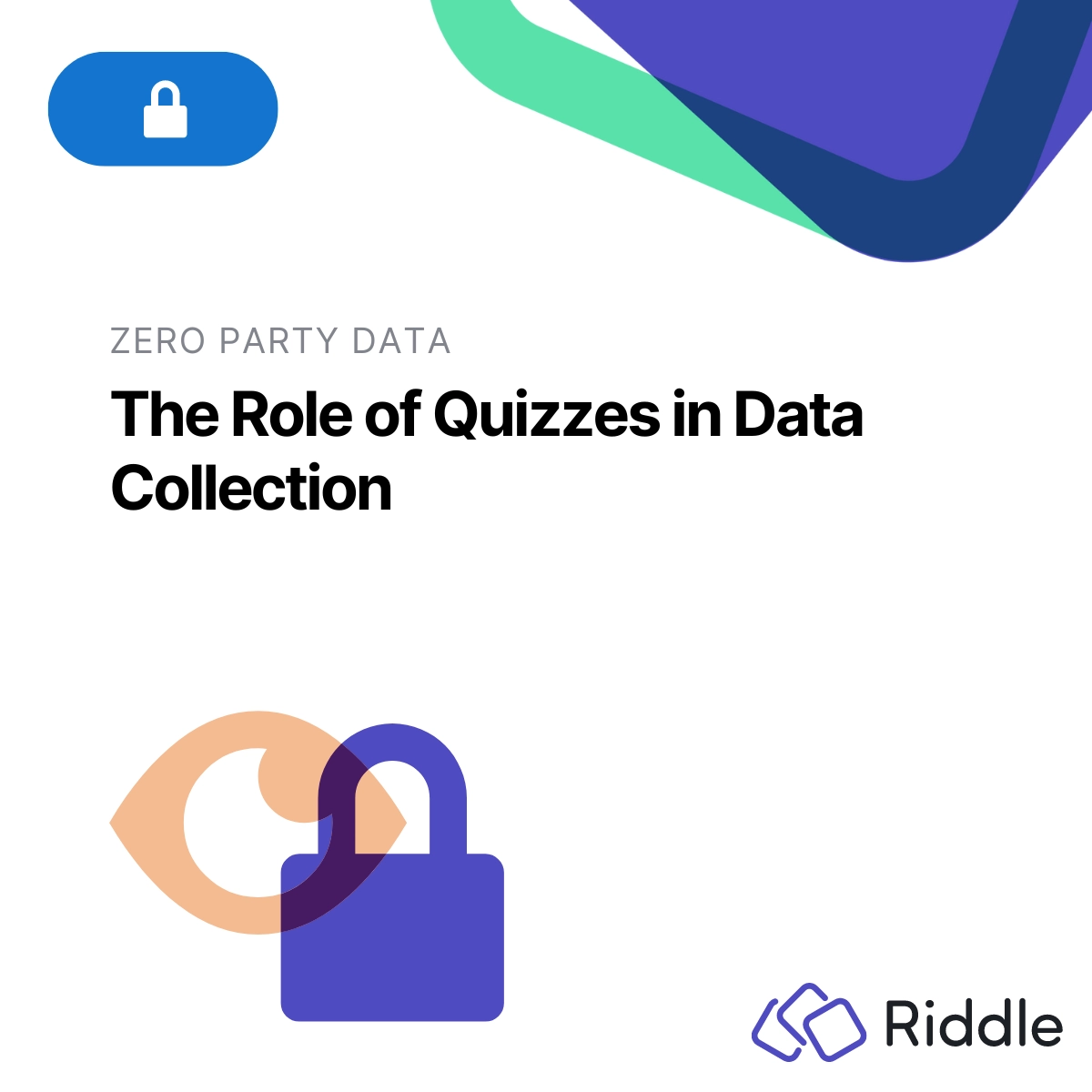
Quizzes are the best tool for collecting accurate zero-party user data. While you answer a survey to help someone else and usually expect something in return, you take quizzes to find out more about yourself and your knowledge about a certain topic. And, since the quiz taker is keen to find out their results, they answer each question willingly and honestly.
The takeaway for marketers? Zero-party data from quizzes and personality tests is extremely accurate.
There are other benefits, as well. People fill out forms in quizzes far more often. Forms placed at the end of a quiz has a completion rate of 30% and up. That is a 10-15X increase compared to pop-ups, the classic way to collect email addresses from site visitors.
After all, people going through a quiz are already in the mindset of answering questions. Completing a form before the quiz’s result page is a much more natural experience compared to being disturbed by a pop-up while reading an article.
You can read more on the science of quizzes and why they outperform pop-ups in our Riddle Lab article on quizzes vs. pop-ups. [https://www.riddle.com/blog/lab/riddle-lab-pop-up-vs-quiz/]
Why are quizzes the best tool for gathering zero-party data?
The best and most valuable zero-party data you can collect is given by the user willingly and knowingly.
Why quizzes? The answer is in the structure of the quiz experience itself.
Taking a quiz gets each user into a flow of answering six to ten questions about a topic they are interested in – all before the user even sees a lead form.
But context matters. If you give them a compelling reason, such as a more detailed assessment or a chance to enter a quiz competition, you will get much higher completion rates than forms not directly related to the quiz.
Quizzes also outperform surveys because surveys do not offer an immediate benefit to the survey taker. You are simply filling a survey for a company or organization. A quiz gives you something in return, including more information about your skills or your personality traits.
Imagine you are selling holiday packages. You might run a survey on your website asking about preferences for weekend trips. Your site visitors will immediately spot this as market research and might be reluctant to provide answers, unless you offer them some sort of financial benefit for completing the survey.
Even then, there is no incentive to give honest answers, as the result of the survey mostly benefits the site operator and not the survey taker.
If, on the other hand, you run a quiz titled “What is your ideal weekend getaway? Take the quiz now and find out where you will be happiest!”, people will take the quiz to learn how they can spend a happy weekend. The answers collected will be honest as the result of the quiz primarily benefits the quiz taker, who knows that false answers will lead to a non-matching result.
The best solution is to combine the power of a quiz with a form, promising personalized travel offers based on their quiz results. This is a compelling call to action, as it directly benefits your users as well as giving them some deeper insight into the value of your site.
Following this model will get you high opt-in rates and more accurate zero-party data. Using quizzes, you will have more than just a name and an email. Instead, you’ll have a more accurate, more detailed picture of each user’s travel preferences.
Conclusion
With Google and other browsers starting to phase out third-party cookies, you need to start building your own audiences using zero and first-party data. Quizzes and personality tests are the best technology available to get started with this.
Make sure that your online quiz maker does not rely on cookies or trackers to operate. After all, to use quizzes effectively for zero-party data, you need a quiz tool that does not rely on adding yet another third-party cookie to your site.
Try embedding content on your site and then use the developer tools from your browser to check for cookies.
Riddle has been designed from the ground up to be free of cookies and trackers – and to be 100% GDPR-compliant. If you choose Riddle.com as your quiz maker [https://www.riddle.com], you can be sure that you will be collecting zero-party data in a safe, scalable, and cost-effective way.
Additional resources
Learn about best practices with quiz marketing:
- Case studies [https://www.riddle.com/blog/lab/riddle-lab-pop-up-vs-quiz/] and
- Riddle Lab reports [https://www.riddle.com/blog/lab/]
Why are Google and other browsers phasing out third-party cookies? Read their post [https://blog.chromium.org/2020/01/building-more-private-web-path-towards.html] on the topic.
